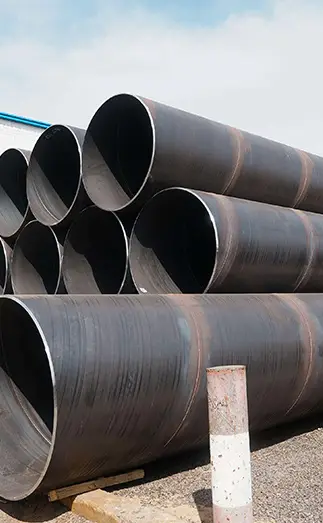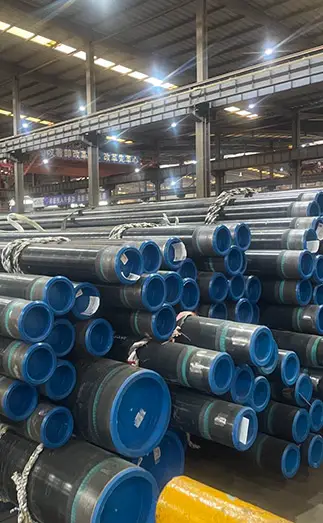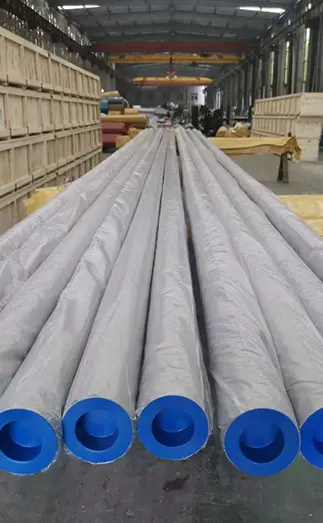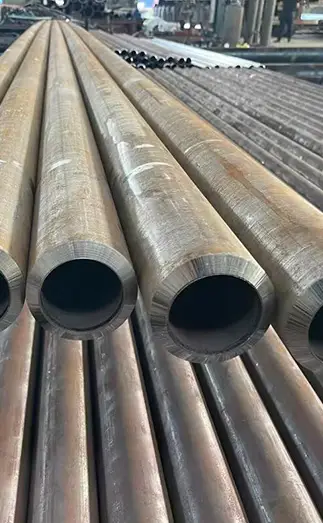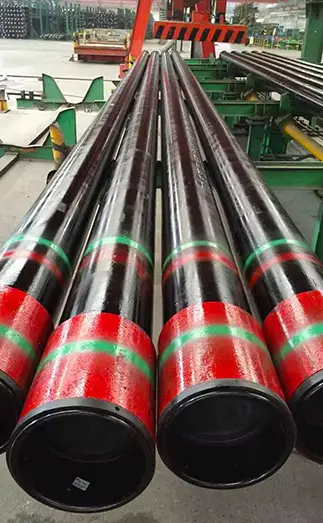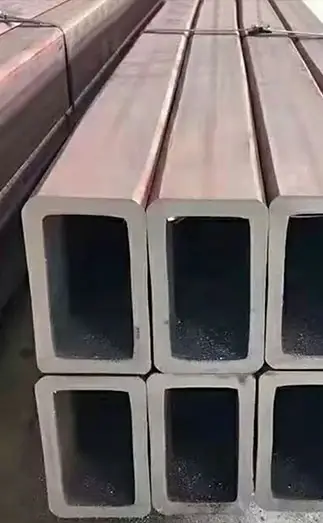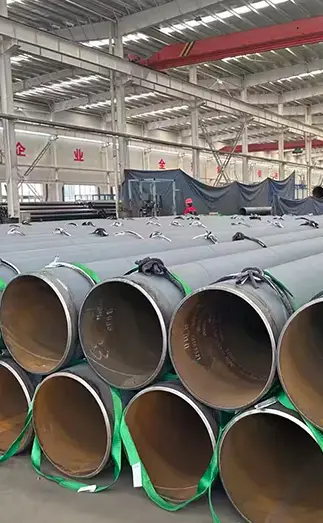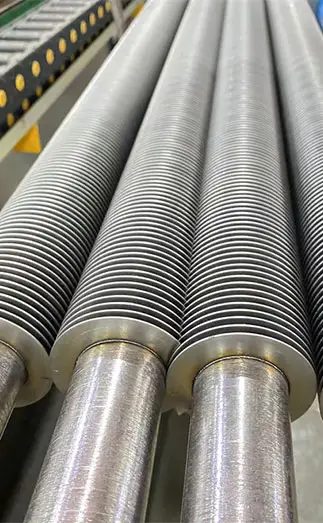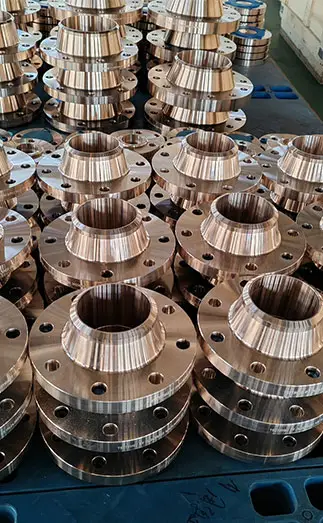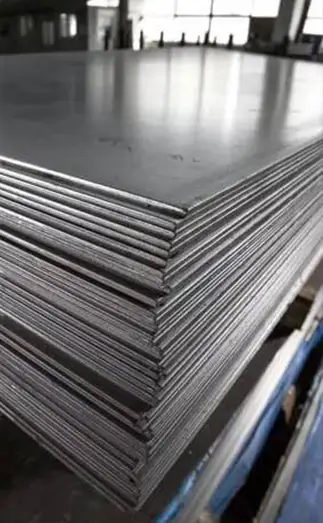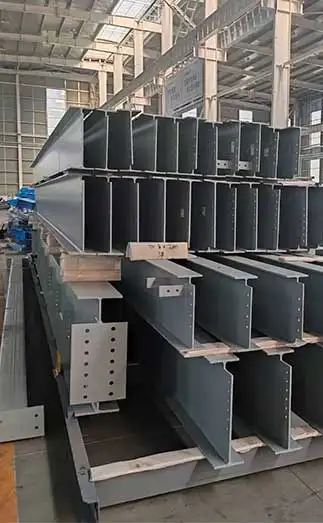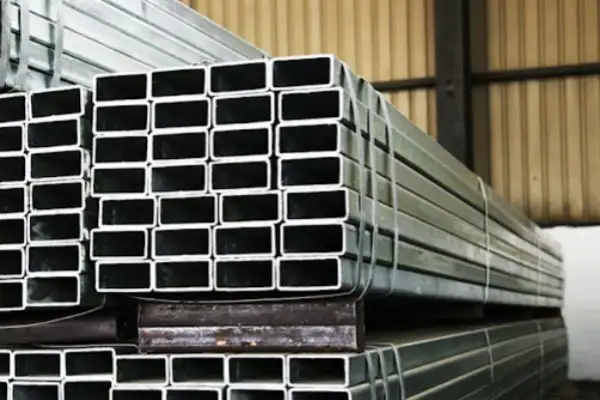The quality inspection of Longitudinal Submerged Arc Welded (LSAW) steel pipes often relies on physical methods, which are the most commonly used due to their ability to leverage physical phenomena for evaluation. This article focuses on key methods for inspecting the quality of LSAW steel pipes.
1. Magnetic Inspection
Magnetic flaw detection is primarily used to identify surface defects in magnetic straight-seam welded pipes. While effective for qualitative analysis, it has limitations in accurately determining the nature and depth of defects, which often requires experienced interpretation. This method detects flaws by observing magnetic field leakage along the weld seams. Based on the approach to measuring magnetic flux leakage, magnetic inspection can be categorized into the following:
Magnetic Powder Method: The most widely used technique, which employs magnetic particles to visualize surface flaws.
Magnetic Induction Method: Measures changes in magnetic flux to detect defects.
Magnetic Recording Method: Captures magnetic flux data for analysis.
2. Penetration Testing
Penetration testing uses the physical properties of specific liquids, such as permeability, to detect and reveal defects. This method includes:
Color Detection: Employs dyes to highlight surface flaws.
Fluorescence Detection: Uses fluorescent liquids to enhance visibility under UV light.
These techniques are effective for identifying surface defects in both ferromagnetic and non-ferromagnetic materials.
3. Radiographic Testing
Radiographic testing employs rays to detect material defects by analyzing the attenuation of radiation as it passes through the material. This method is divided into:
X-Ray Inspection
Gamma-Ray Inspection
High-Energy Ray Inspection
Each type of radiographic testing can be further categorized based on the method of defect visualization:
Ionization Detection
Luminescent Screen Methods
Photographic Imaging
Industrial Television Techniques
Radiographic testing is particularly effective for identifying internal weld defects such as longitudinal cracks, porosity, slag inclusions, and lack of fusion.
4. Ultrasonic Testing
Ultrasonic testing utilizes sound waves to detect internal flaws in homogeneous materials like metals. When ultrasonic waves encounter a defect, reflections occur at the material interface, providing data for analysis. This method is sensitive to the location and orientation of defects but struggles with accurately determining their nature, shape, and size. Consequently, ultrasonic testing is often used in conjunction with other methods to enhance detection accuracy.
These techniques collectively ensure the reliability and safety of LSAW steel pipes by identifying both surface and internal defects, contributing to their widespread use in critical applications.



 English
English Español
Español Français
Français بالعربية
بالعربية